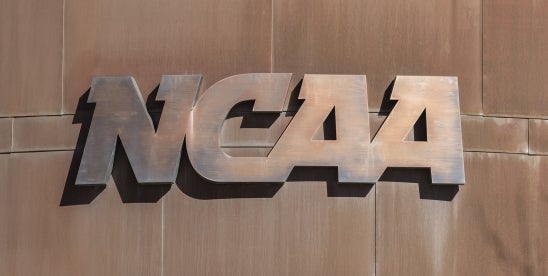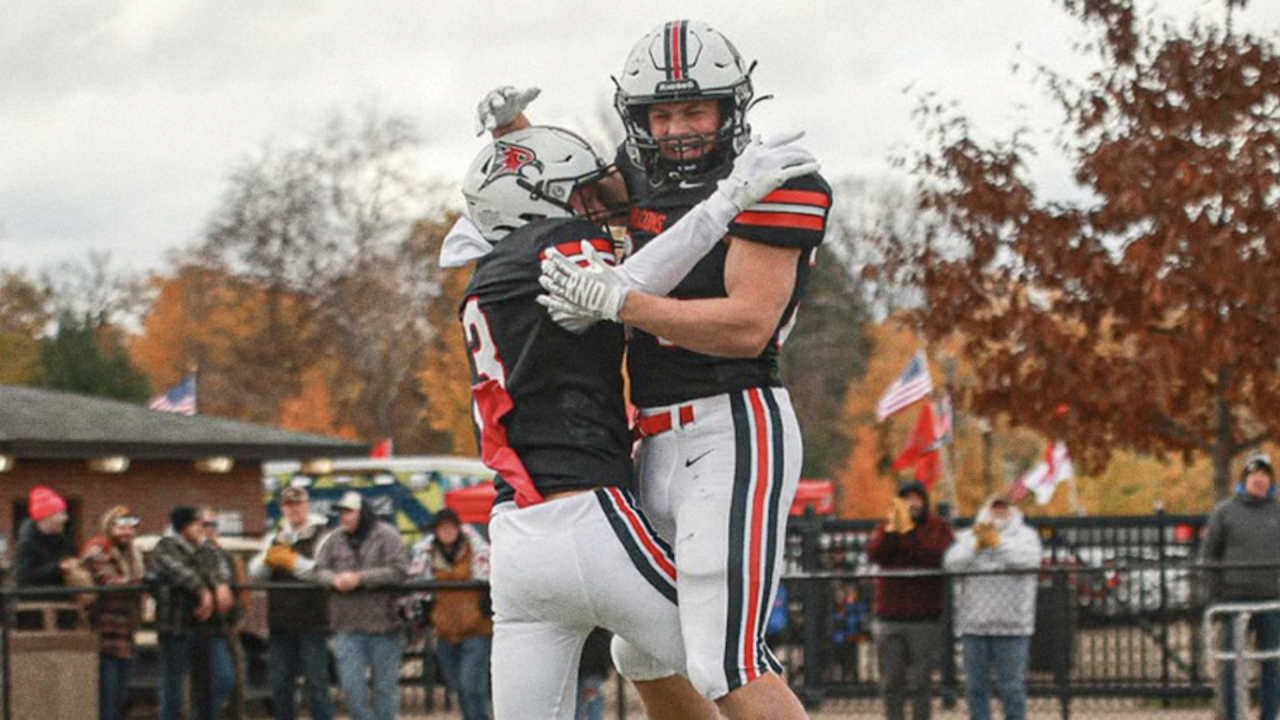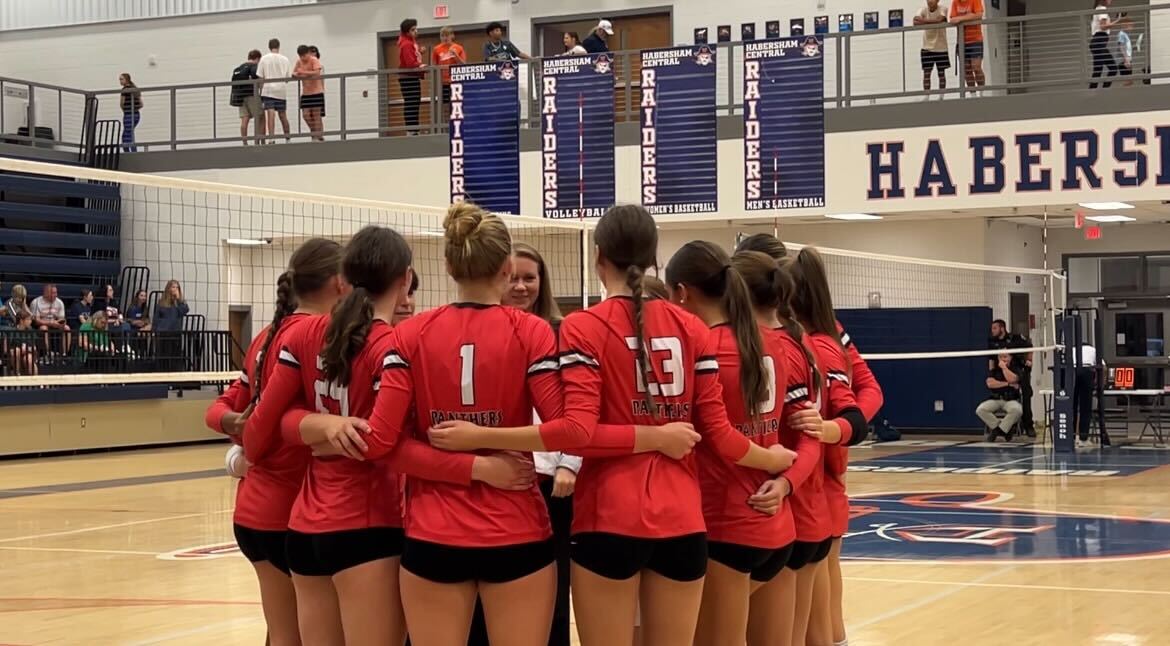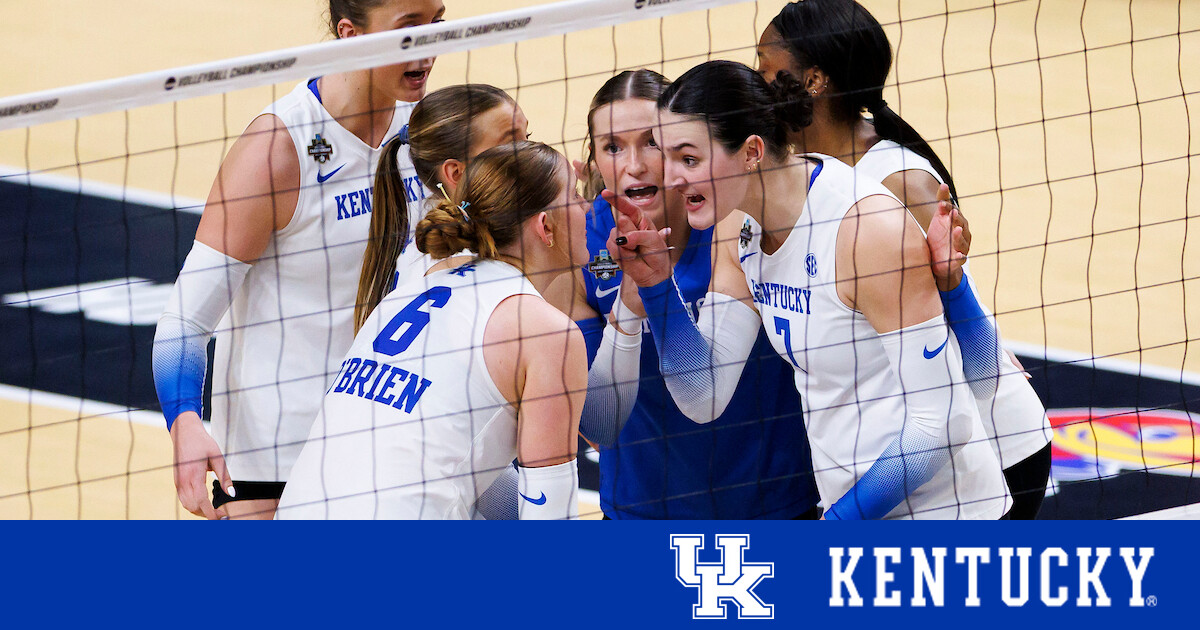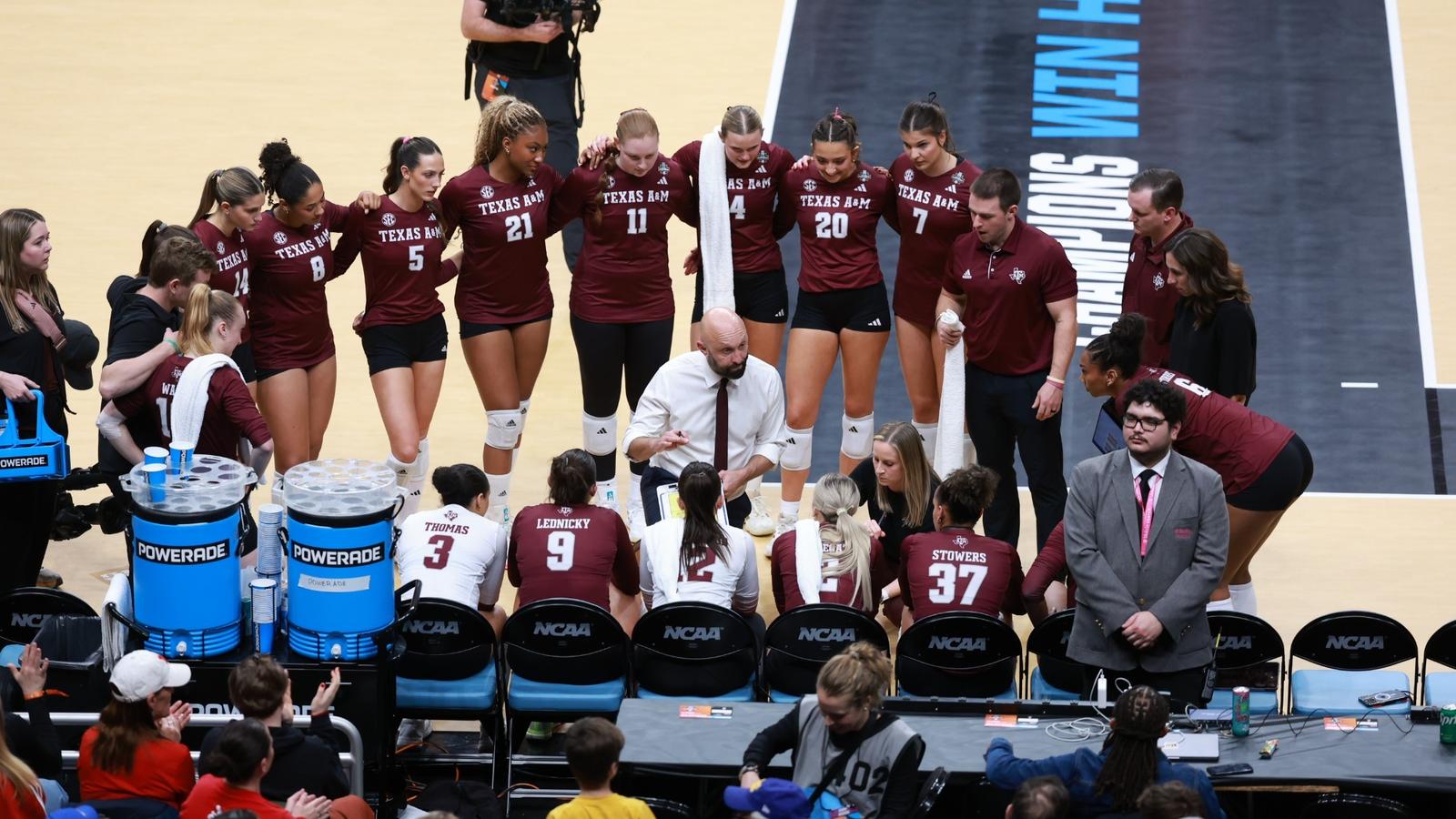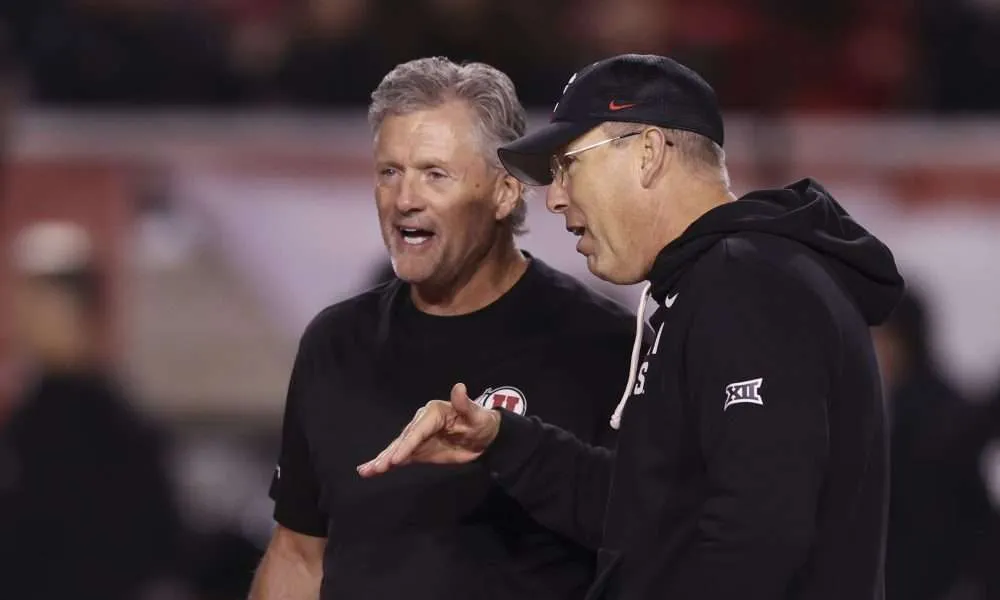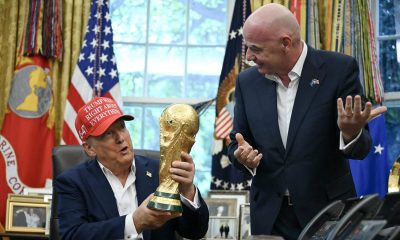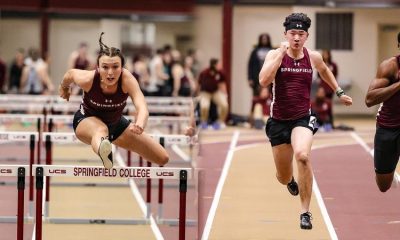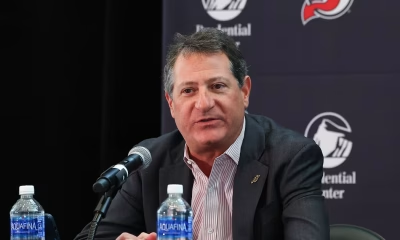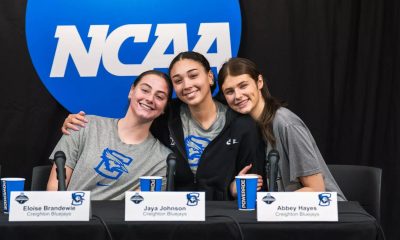
Addison Lucht ended her volleyball career at Cissna Park in the best way possible: As a state champion. Lucht, who finished as the program’s all-time kills leader, produced 202 digs and 48 aces to go along with her team-high 339 kills this fall in leading the Timberwolves to the Class 1A volleyball state championship this season.
Follow us on TikTok
To subscribe, please click here
Want a copy of today’s edition? Here’s a map of single-copy locations
CISSNA PARK — Anyone who knows Addison Lucht wouldn’t be surprised by how she reacted to winning The News-Gazette’s All-Area Volleyball Player of the Year honor.
“It’s a reflection of our whole team and what we were able to accomplish in this amazing season,” Lucht said. “I wouldn’t have been able to get that award or do what I’ve done without the team, how close we are and how much we push each other every day in practice. We’re in there grinding and making each other better. Even the people who don’t get the time on the court, they’re on the bench cheering us on really loud every game and working us really hard in practice on the other side of the net. I’m really excited and honored to receive this, but it goes right back to my teammates. I wouldn’t have been able to do it without them.”
Same humble nature she’s always had, redirecting all the praise despite deserving every bit of it. Just once, you might expect her to give herself some props. Maybe even brag a little. She’s earned that.
But take it from senior teammates Sophie Duis.
“She won’t,” Duis said with a smirk.
Lucht just wrapped up her final volleyball season at Cissna Park and couldn’t have ended it any better. She led the Timberwolves to a program-record 40 wins and a Class 1A state championship, the first state title for the school in any sport. She earned a third consecutive All-State First-Team honor and was the 1A state finals MVP. She totaled 202 digs and 48 aces to go along with her team-high 339 kills, which brought her to 1,359 for her career to become the program’s all-time kills leader.
The argument that Cissna Park doesn’t reach three straight state tournaments without Lucht is a valid one. Although, Duis and Josie Neukomm — both All-State Second-Team selections and All-Area First-Team picks in their own right — among other strong talents, might prove that theory wrong. Regardless, it’s never been about the individual accolades for Lucht. All she cared about was the team, which is why the team was so successful.
“Having had a month to reflect on it, it’s beginning to set in how big of a thing we just accomplished,” Lucht said. “It keeps getting cooler and cooler by the day. To know we did that and were able to end our last game and my volleyball career on a win on the biggest stage is amazing.”

Cissna Park’s Addison Lucht (9) reacts to her medal in the Class 1A volleyball championship at CEFCU Arena in Normal on Saturday, Nov. 15, 2025.
It’s one of the many reasons she’s so popular among her teammates. She’s one of the best athletes in Illinois, an All-State talent in four different sports, but she wants no part of the spotlight. Ironic that the biggest moments are when she shines brightest.
“She’s very humble, and everything she does goes unnoticed,” Neukomm said. “She’s been working her butt off since day one. Everything she has coming is extremely deserved. I don’t think there’s a single thing she doesn’t deserve. She’s just an amazing person, and seeing the path she’s going on is really exciting.”
As if all her athletic abilities weren’t enough, Lucht is also the valedictorian of her class at Cissna Park.
“A lot of people look at her and think it’s just a lot of natural talent,” Duis said. “Obviously, there is a lot of that, but a large part of it is the hard work she puts in behind the scenes. She’s a really good on- and off-the-court leader, and she’s super fun to have as a friend and teammate.”
And for Cissna Park volleyball coach and athletic director Josh Landon, “I could just say ‘Ditto.’
“I could go back and say it started in kindergarten watching them in PE,” Landon said. “I had all these girls from kindergarten through fourth grade for elementary PE, and you could see a little bit of that competitiveness happening. You’d have tears from some people because we weren’t winning or others weren’t trying as hard. You could see all this happening. There is the God-given talent, but you also have to buy in to reach that success.”
This is actually the second All-Area Player of the Year honor Lucht has earned, but the first was for basketball after leading the Timberwolves back to CEFCU Arena and winning their second 1A third-place trophy in as many seasons.
Two days after winning the volleyball title on Nov. 15, Lucht and Co. played their first basketball game, a 64-14 win against St. Thomas More. Lucht put up 20 points, seven steals and four assists in the winning effort, and she hasn’t needed to knock off any rust in another strong start to that sport.
Neither are Lucht’s top sport, however. While simultaneously placing fifth and eighth in last spring’s 1A state triple jump and long jump competition, she batted .579 with seven home runs for the Milford/Cissna Park co-op softball team. She signed her letter of intent to continue her softball career at Northwestern on Nov. 12.
“I’ve always loved every single sport I’ve been in, and what sport I’m in, that’s my favorite at the time,” Lucht said. “Being able to have these special seasons and do it with these girls is amazing. I’m not going on to college to play those sports, and I’m going to miss them a lot, but I’m excited to get up to Evanston and excited for this spring at Milford.”

Cissna Park’s Addison Lucht (9) as Cissna Park won the 1A state volleyball championship at CEFCU Arena in Normal on Saturday, Nov. 17, 2025.
Amber McKean won the All-Area Player of the Year award back in 2003 for the Cissna Park/Crescent-Iroquois co-op, and she went on to have a successful volleyball career at Olivet Nazarene. Landon said nobody believed anyone like her would come through their town of fewer than 800 again.
Plenty of talented athletes have played for Cissna Park since then but none quite like Lucht. Not with the same level of ability, passion and dedication to that many sports. And certainly not with the same level of care off the court. She was already a champion. Now, she has the trophy to go along with it.
“I hope we’re just getting started,” Lucht said. “I’m in the thick of it right now, and I’m so locked in and focused that I don’t think it’s ever going to end. It’s tough to realize these are some of the last games I’ll get to play in a Cissna Park jersey. It’s kind of surreal. I’m really fortunate that our volleyball season ended in the best way possible, and I’m hoping the same for basketball and the spring sports. I’m happy to get off to a really good start. Hopefully, it can end strong, too.”



